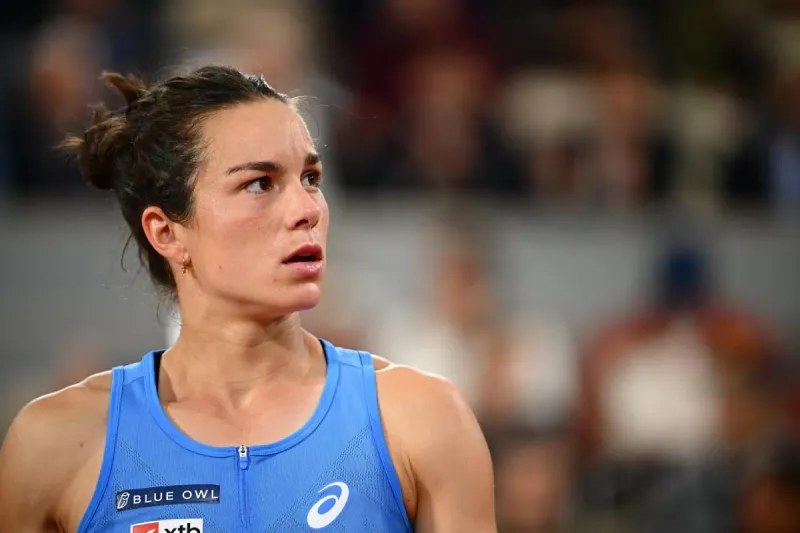Roland Garros 2025: Who are the spectators and how much do the players earn?

The Roland Garros tournament, a spectacle of athletic prowess and Parisian elegance, attracts a diverse, yet surprisingly homogenous, audience of hundreds of thousands each year. The Sud Ouest article correctly identifies a dominant demographic: a predominantly male spectator, around 38 years of age, hailing from a higher socioeconomic bracket, and frequently affiliated with the French Tennis Federation. This profile, however, only paints part of the picture. The high average ticket price of approximately 100 euros acts as a significant barrier to entry for many, effectively creating a self-selecting audience.
But beyond the affluent core, Roland Garros draws a significant international contingent, adding vibrancy and global perspective to the event. These visitors often represent a mix of seasoned tennis enthusiasts and casual fans drawn by the prestige of the tournament and the allure of Paris itself. Their presence highlights the tournament's global appeal and its capacity to attract a wider demographic than the typical profile might suggest. Furthermore, the presence of significant corporate sponsors and VIP guests adds another layer of complexity to the spectator demographic.
This socio-economic disparity is further emphasized when considering the stark contrast between the spectators and the players themselves. While the average spectator invests a considerable sum for a few days of tennis, the financial realities for players range from modest to extravagantly lucrative. L'Équipe's report on Loïs Boisson's remarkable journey poignantly illustrates this chasm. Her journey, from a humble crowdfunding campaign generating a mere 100 euros to the potential millions she could earn at Roland Garros 2025, underscores the inherent inequalities within professional tennis.
The potential earnings for Boisson, contingent on her semi-final and subsequent performance, are staggering. A semi-final defeat would still garner a substantial 690,000 euros, while victory in the final would bring 1,275,000 euros. A Roland Garros title, however, would catapult her earnings to a remarkable 2,550,000 euros. These figures, however, represent only the prize money. The potential for lucrative sponsorship deals, endorsements, and appearance fees could easily elevate her total earnings to well over the projected 800,000 euros, highlighting the transformative power of success in elite tennis.
This disparity highlights the precarious nature of a professional tennis career. Many aspiring players dedicate years of intense training and sacrifice with no guarantee of financial success. Boisson’s story, therefore, serves not only as a testament to her exceptional talent and perseverance, but also as a stark reminder of the high-stakes gamble inherent in pursuing a career in professional sports. The vast majority of players, unlike Boisson, will never reach such heights, facing considerable financial challenges despite considerable talent and dedication.
Furthermore, the tournament’s economic impact extends far beyond the prize money and ticket sales. The influx of tourists and the associated spending on hotels, restaurants, and other services contribute significantly to the local economy. This ripple effect underscores Roland Garros's broader societal importance, transforming it from a mere sporting event into a major contributor to the Parisian economy and beyond. This broader economic impact often goes unnoticed amid the focus on the prize money and individual player earnings.
In conclusion, Roland Garros is more than a prestigious tennis tournament; it is a complex microcosm reflecting economic disparities, highlighting the arduous journey of aspiring athletes, and showcasing the significant economic impact of large-scale sporting events. The contrast between the affluent spectators and the wide range of player earnings, from modest beginnings to potential millions, serves as a compelling narrative, underscoring both the rewards and the inherent risks of professional tennis.
Related articles

NBA: Pacers Lead Finals After Thunder Win; Giannis Antetokounmpo Trade Rumors Swirl
Read more
Romain Bardet Retires from Professional Cycling After Critérium du Dauphiné
Read more